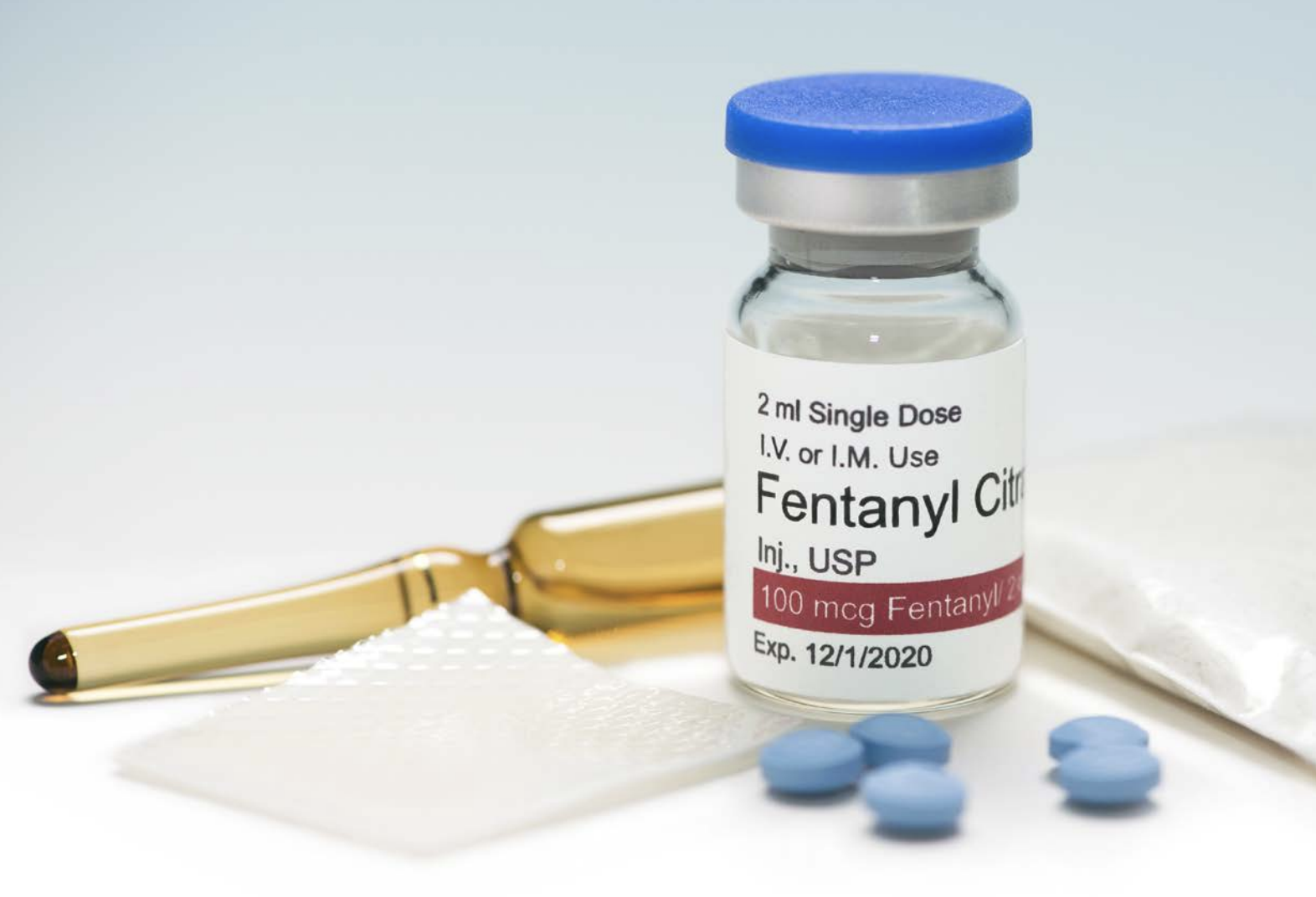I’ve lived with chronic pain since I was 13. Endometriosis, wherein the sort of tissue that normally grows inside your uterus starts growing on the outside, or elsewhere in the body, usually develops in adulthood. But I developed it not long after my first period, and like many in that same position was told that extreme cramps were just how periods work.
By the time I was 15, I knew something was wrong. I was in constant pain, from what I now know to be not just endometriosis but adenomyosis, where the same kind of tissue grows into the uterine wall, and polycystic ovary syndrome, which is an imbalance in your ovaries’ hormone production.
I bled all the time, which I now know is called menometrorrhagia—excessive bleeding between periods—and is more common among middle-aged women. At 13 I had to change my pad every two hours, but was told heavy bleeding was just how periods work.
I tried herbal remedies and special diets, but nothing helped. I used cannabis as a pain-reliever for years, not because it relieved my pain in any meaningful way but because oxycodone made me vomit. But this was the mid-2000s, a time when oxycodone was what many doctors liked to prescribe, not just in the United States but here in Toronto, too.
I felt like I was slowly bleeding to death.
By 16, I was labeled a “drug-seeker” because if a doctor suggested oxycodone, I asked if I could instead have morphine, or hydromorphone, or literally anything else. A few times over the years, when a doctor wouldn’t prescribe an alternative, I took the oxy and puked on their shoes to prove a point.
Nobody cared. Nobody cared how much I bled or how much pain I was in or how much school I was missing or the effect all of this was having on my mental health, my friendships. I felt like I was slowly bleeding to death.
I learned about endometriosis, but was told I was too young to have it. I was told that I wasn’t in that much pain. That it was psychosomatic, or I was exaggerating for attention, or I was a scammer who just wanted painkillers. And of course I did, but no prescriber would give them to me.
The pain got worse. Through my 20s, I was bleeding two weeks on, five days off. And doing sex work to make a living during all this. Black bedsheets; red condoms, just praying people wouldn’t notice.
I got a 72-hour psych ward hold, and still no surgery, of course.
In 2019, I had an incomplete hysterectomy. They were supposed to remove my ovaries, and with them, I hoped, some portion of my pain. But once they cut me open and saw my uterus, they called off the surgery because they were shocked by the amount of blood. After 15 years of medical professionals telling me everything was normal, they thought I was bleeding to death, too.
I begged them to schedule another surgery and remove my ovaries. I have excruciating cysts that burst at will, and the endometrial tissue has spread to my chest wall and the bottom of my lungs. I was desperate. While signing my discharge papers, I asked sardonically, What do I gotta do to make you quacks take me seriously, cut my uterus out myself? Only to turn around and see two security guards preparing to restrain me. I got a 72-hour psych ward hold. And still no surgery, of course.
I did, however, still get post-surgical pain. They allowed a 30-day prescription for morphine, then they cut me off.
I had a friend with a morphine script of his own. He shared with me, because he understood. Thanks to him, I had my own form of safe supply for almost two more years, until he was gone. May he rest in peace.
I didn’t take the decision to start using fentanyl lightly. But once I did start, what a revelation it was.
There’s no safe way to access “services” from health care workers who have so little regard for women’s health, who dismiss their pain.
The world becomes more bearable when you’re not in constant physical agony. Toronto’s illicit supply is a disaster, full of benzos, but fentanyl itself has been the only thing to ever truly relieve my pain.
Fentanyl also helped me build relationships in my personal life. I’m on the autism spectrum, and I have complex post-traumatic stress disorder from being molested as a child. I was told I had anti-social disorder, but I just couldn’t talk. I couldn’t have conversations the way people expected, because something would trigger me and my ability to speak would just shut down, or come out as gibberish. Something about the way fentanyl puts me at ease makes me more resilient in social settings, too.
Recently, I was ranting about how the doctors had refused to do the hysterectomy when a woman suggested I go back and ask them to put that in writing. I was gobsmacked at how quickly they changed their tune.
I don’t know what comes next—I need to save money for the time I’ll have to take off work, and I know they sure won’t give me medical-grade fentanyl to manage my pain while I’m in the hospital—but I do know that woman did more for me than most doctors ever bothered to.
Over the course of the 15 years I spent trying to find a doctor who would believe me, I developed terrible “white coat syndrome” and being in any kind of medical setting makes me anxious and afraid. There’s no safe way for me to access so-called “services” from health care workers who have so little regard for women’s health, who dismiss their pain. And who deny us the safe supply of the drugs we need to survive.
Photograph via United States Sentencing Commission





Show Comments